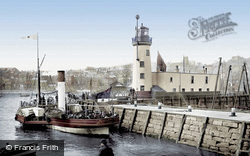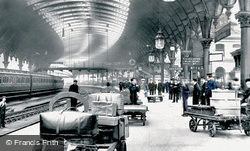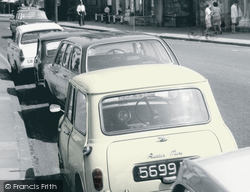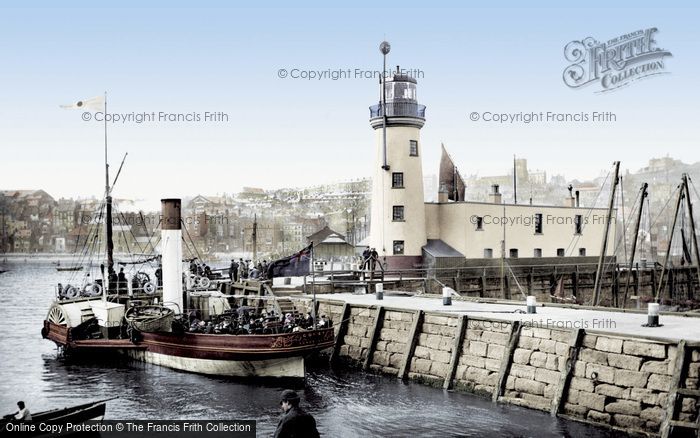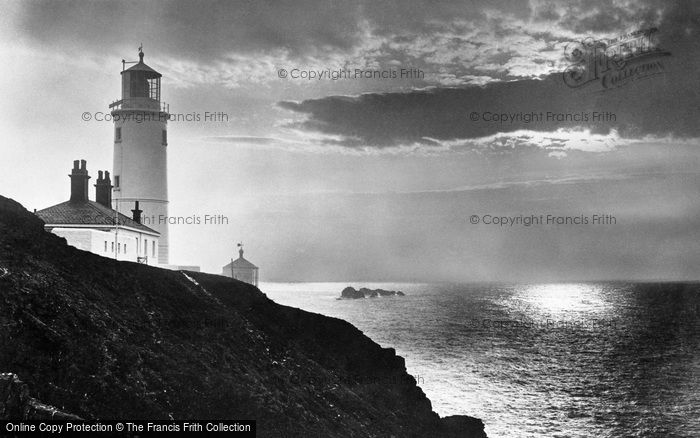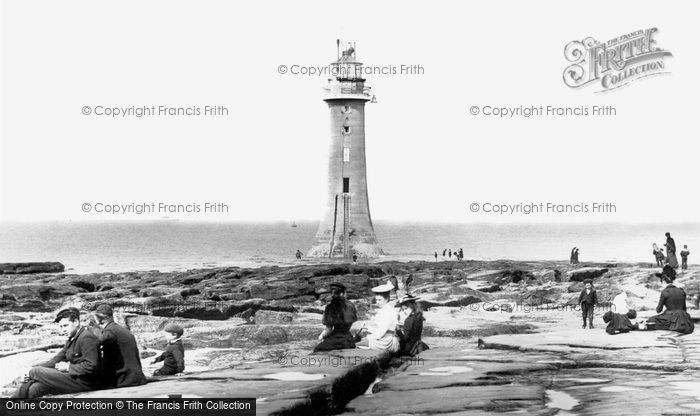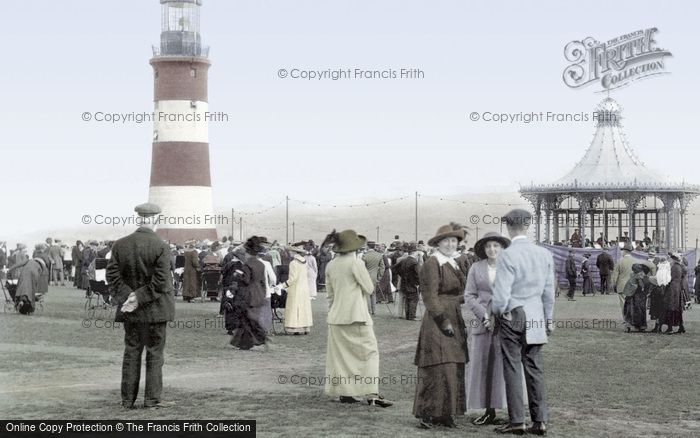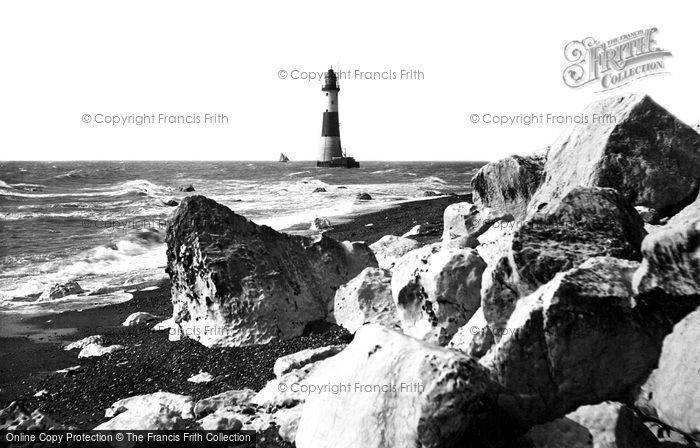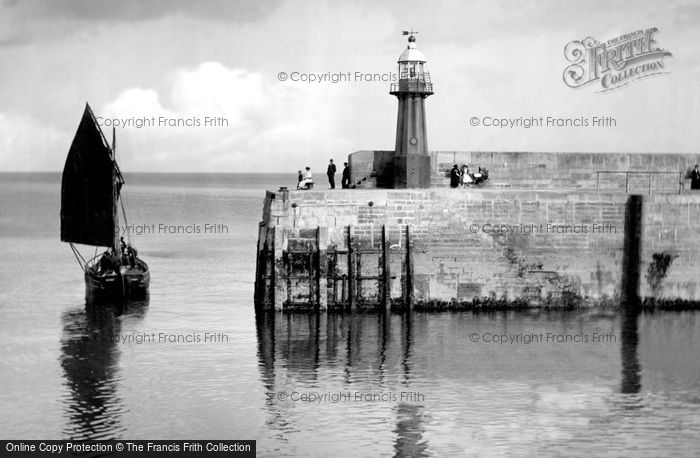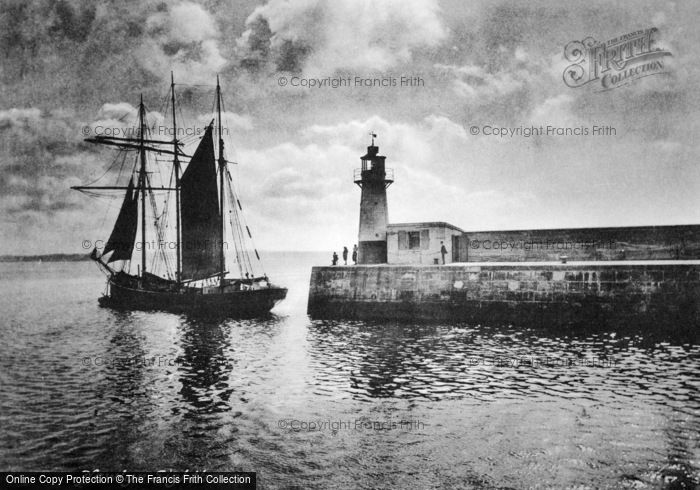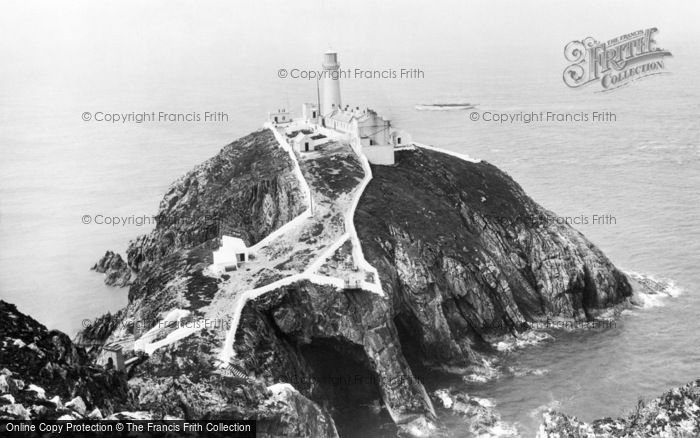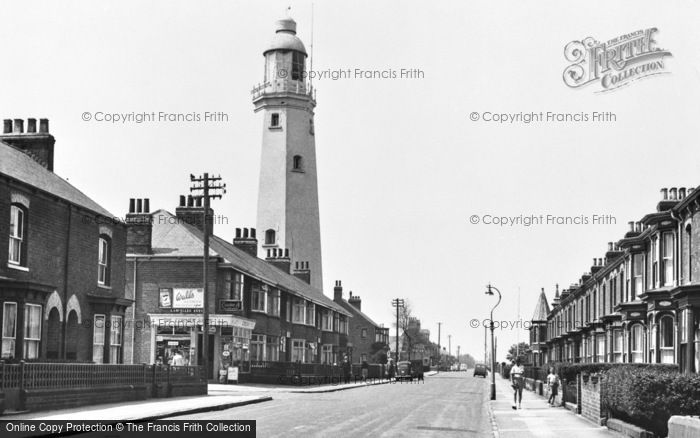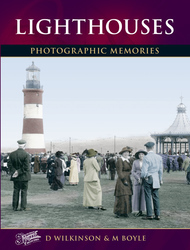Search the Archive
Explore all the places you remember!
Subscribe
Join the thousands who receive our regular doses of warming nostalgia! Have our latest blog posts and archive news delivered directly to your inbox. Absolutely free. Unsubscribe anytime.
Say Hello!
How to keep in touch with us.Lighthouses
Published on October 3rd, 2025
Lighthouses around the coast of Britain have long held a fascination for us, and these iconic structures, standing lonely sentinel on craggy headland or razor-sharp rocks, have captured the imaginations of many writers and poets.
Virginia Woolf, a frequent visitor to Cornwall, used the Godrevy Lighthouse near St Ives as the inspiration for her novel ‘To the Lighthouse’, where a small boy is intrigued by the structure and longs to visit it. In fact there was nothing less romantic than the reality of living as a lighthouse keeper, when we consider the harsh way of life, the loneliness and isolation that a keeper had to endure. If these special people were asked what they did for a job, all they would say was ‘We kept the light lit’.
To see many more photographs of lighthouses within The Francis Frith Collection, browse our 'Lighthouse' theme, and enjoy!
The third Eddystone Lighthouse, which went into action in 1759, was built in masonry by John Smeaton (the previous two had been wooden); its light shone for 120 years. Smeaton dovetailed blocks of Portland stone to produce a structure which could withstand the worst storms, which revolutionized lighthouse design. Work began in 1756, when a group of Cornish quarrymen and tin miners began the difficult and dangerous task of carving the Eddystone rock into its dovetail formation; at times the sea washed the men off the rock, but they were all anchored to the rock by a rope, and although they were bruised and battered, no one was lost. However, a more serious problem arose when the lighthouse workers went to a tavern in Plymouth and were all arrested by a press gang. John Smeaton sent an urgent message to Trinity House, a formal complaint was made to the Admiralty Board, and permission was granted for the workers to be given exemption medals. The men pressed into naval service were then released, and exemption medals cast in brass were worn by the workers until the end of the contract. Smeaton’s lighthouse was replaced by the present Eddystone lighthouse in 1882 because its foundations were being eroded. As a tribute to John Smeaton his lighthouse was dismantled and the top section was brought back to Plymouth and reassembled on the Hoe, where it still stands ‒ now known as Smeaton’s Tower.
Photo: Newlyn, The Lighthouse 1920.
You may be interested in these related books:
Printed specially for you and with a free personal dedication available on almost all our titles with hundreds to choose from, our nostalgic local books make great gifts for someone or why not treat yourself and add some history to your bookshelves?
Lighthouses
This fascinating and evocative book lavishly illustrated with historical photographs from The Francis Frith Collection not only describes Britain's lighthouses but also offers insights into the working practices and daily lives of the lighthouse keepers - fiercely independent men, who contended not only with storms and foul weather but with constant loneliness caused by separation from their families. The authors recount thrilling tales of shipwrecks and rescues, and the exploits of pirates, smugglers and wreckers. These fascinating photographs are a testament to the continuous efforts of courageous men down the years to 'keep the light lit', and so preserve the lives of mariners around Britain's shores.
Lighthouses
(ISBN: 978-1-85937-681-2)
David Wilkinson & Martin Boyle
Perhaps you'd like..?
If you liked our "Lighthouses" Blog Feature, you might like to see and follow this Francis Frith board over on Pinterest.
Subscribe
Join the thousands who receive our regular doses of warming nostalgia! Have our latest blog posts and archive news delivered directly to your inbox. Absolutely free. Unsubscribe anytime.

